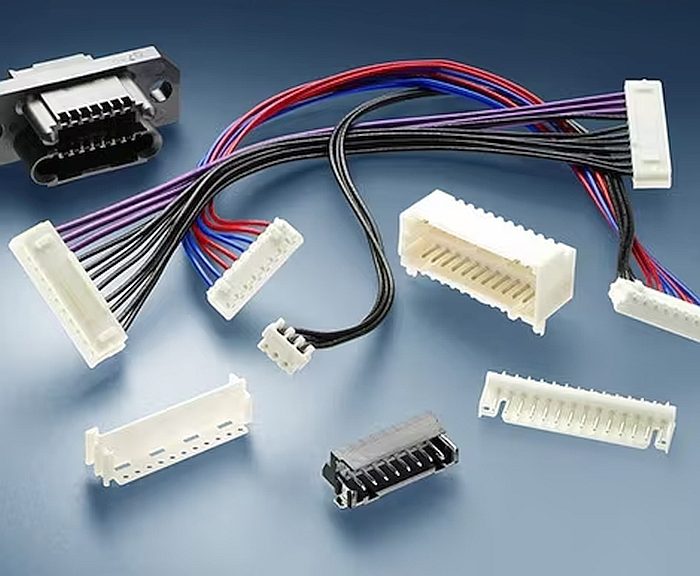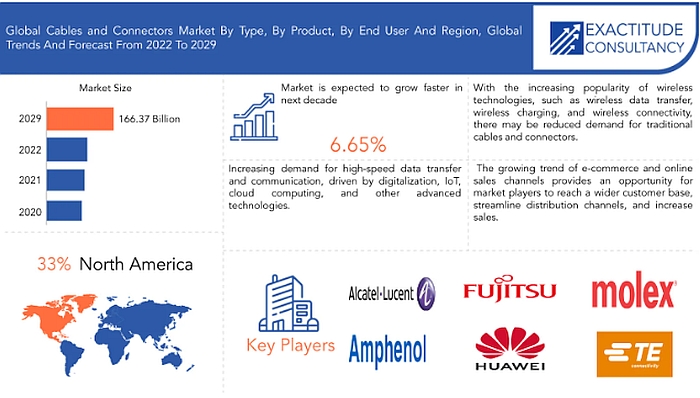- Exactitude Consultancy offers a cables and connectors market study that presents projections of market size, growth rate, industry trends and market segmentation, as well as an assessment of the drivers or restraints likely to influence market evolution.
- According to the study, the cable and connector market is expected to register a compound annual growth rate (CAGR) of 6.65% between 2024 and 2030, reaching around $166 billion by 2030, compared with just over $93 billion in 2023.
Growing demand for high-speed data services and connectivity is driving the cable and connector market. Individuals and businesses are demanding seamless high-speed internet connectivity for a variety of applications, such as video streaming, cloud applications and real-time analytics.
Cables, such as fiber optics, are widely adopted by these applications as they offer greater bandwidth and higher data transmission rates. What’s more, the connectors that facilitate these connections are also designed to handle high-frequency data transfers while minimizing losses and latency.
Leading cable and connector suppliers include Alcatel-Lucent, Amphenol Corp, Axon Cable, Esterline Technologies Corp, Fujitsu, Huawei Technologies Co. Ltd, Molex Inc, Nexans S.A., Prysmian Group, TE Connectivity Ltd and others.
North America, including the USA and Canada, is a mature and dominant market for cables and connectors. The region is characterized by a strong automotive industry, a robust telecommunications sector, advanced manufacturing and technological advances. Demand for data transmission and high-speed communications, as well as the adoption of advanced technologies in sectors such as aerospace, defense and healthcare, are driving demand for cables and connectors in this region.
Asia-Pacific is a fast-growing market for cables and connectors. The region is characterized by a booming automotive industry, an expanding IT and telecoms sector, and increasing industrialization and urbanization. Asia-Pacific’s growing population and disposable incomes are boosting demand for high-speed data transmission, communication and flooring.







